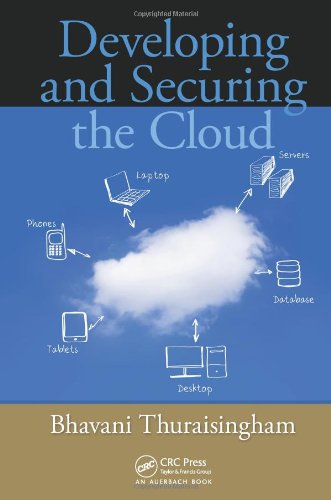

Most ebook files are in PDF format, so you can easily read them using various software such as Foxit Reader or directly on the Google Chrome browser.
Some ebook files are released by publishers in other formats such as .awz, .mobi, .epub, .fb2, etc. You may need to install specific software to read these formats on mobile/PC, such as Calibre.
Please read the tutorial at this link: https://ebookbell.com/faq
We offer FREE conversion to the popular formats you request; however, this may take some time. Therefore, right after payment, please email us, and we will try to provide the service as quickly as possible.
For some exceptional file formats or broken links (if any), please refrain from opening any disputes. Instead, email us first, and we will try to assist within a maximum of 6 hours.
EbookBell Team

4.8
54 reviewsAlthough the use of cloud computing platforms and applications has expanded rapidly, most books on the subject focus on high-level concepts. There has long been a need for a book that provides detailed guidance on how to develop secure clouds.
Filling this void, Developing and Securing the Cloud provides a comprehensive overview of cloud computing technology. Supplying step-by-step instruction on how to develop and secure cloud computing platforms and web services, it includes an easy-to-understand, basic-level overview of cloud computing and its supporting technologies.
Presenting a framework for secure cloud computing development, the book describes supporting technologies for the cloud such as web services and security. It details the various layers of the cloud computing framework, including the virtual machine monitor and hypervisor, cloud data storage, cloud data management, and virtual network monitor. It also provides several examples of cloud products and prototypes, including private, public, and U.S. government clouds.
Reviewing recent developments in cloud computing, the book illustrates the essential concepts, issues, and challenges in developing and securing today’s cloud computing platforms and applications. It also examines prototypes built on experimental cloud computing systems that the author and her team have developed at the University of Texas at Dallas.
This diverse reference is suitable for those in industry, government, and academia. Technologists will develop the understanding required to select the appropriate tools for particular cloud applications. Developers will discover alternative designs for cloud development, and managers will understand if it’s best to build their own clouds or contract them out.